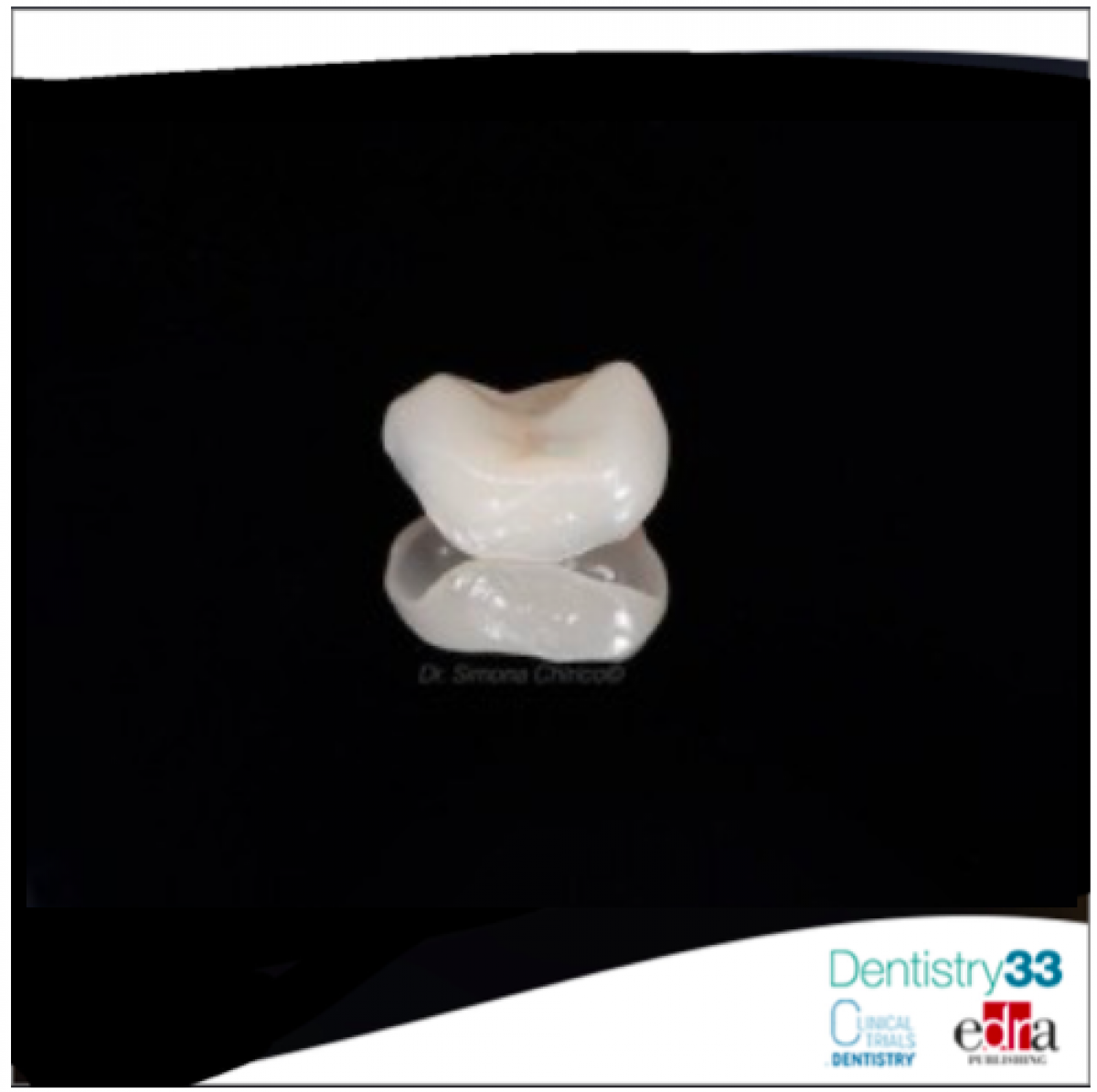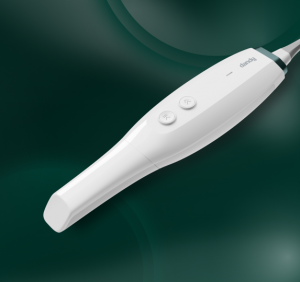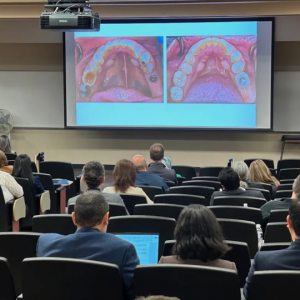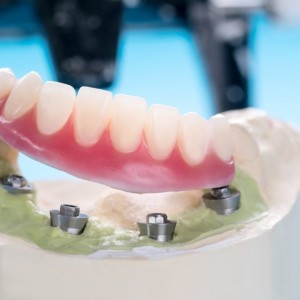
Long-term behavior of PICN inlay and overlay CAD/CAM
Simona Chirico
Inlay and overlay are a good and right choice in case of large carious and restorative defects. The introduction of CAD/CAM system gives the possibilities to provide patients aesthetic, function and long-lasting reliable restorations in one single appointment.
Today we have several studies that give us results on the long term success of lithium disilicate and feldspathic ceramic. But in this last years another CAD/CAM material is used for partial indirect restorations: PICN (polymer infiltrated ceramic network).
How does it work?
The study conducted by Spitznagel et al. tried to answer to this question. They evaluated the long-term behavior of this material in their prospective 5-year study.
MATERIAL AND METHODS
45 inlays and 58 overlay were prepared with VITA Enamic (PICN), using a CAD/CAM system (inEoS blue/ CEREC inLab MCXL) and adhesively bonded (Variolink II). After te luting procedures, the restorations were evaluated at baseline and after 6, 12, 24, and 36 months, according to modified United States Public Health Service (USPHS) criteria. Absolute failures were demonstrated by Kaplan-Meier survival rate and relative failures by Kaplan-Meier success rate. A logistic regression model was adjusted for modified USPHS criteria to investigate time and restoration effects (p < 0.05).
RESULTS
The survival rate were 97.4% for inlays and 95.6% for overlay, after 3 years. Three restorations had to be replaced due to fractures. Secondary caries and debonding were not observed. The 3-year Kaplan- Meier success rate was 84.8% for inlays and 82.4% for overlay. The decrease in marginal adaption (p = 0.0005), increase in marginal discoloration (p < 0.0001), and surface roughness (p = 0.0005) over time were significant. Color match and anatomic form were excellent.
CONCLUSIONS
PICN restorations are a suitable treatment option for the rehabilitation of posterior teeth with inlay and overlay. Even if they showed a favorable clinical performance, more clinical long-term data have to be waited.
(Photocredit: Dr. Simona Chirico)
For additional informations: Polymer-infiltrated ceramic CAD/CAM inlays and partial coverage restorations: 3-year results of a prospective clinical study over 5 years
 Related articles
Related articles
Digital Dentistry 04 November 2025
Digitalisation is an expanding field in dentistry and implementation of digital teaching methods in dental education is an essential part of modern education.
News 03 November 2025
Dandy, a fully digital dental lab, today unveiled two new products for digital dentistry: the revolutionary Dandy Vision intraoral scanner and the powerful.
Editorials 02 October 2025
U-M School of Dentistry hosts national symposium on digital dentistry education
The University of Michigan School of Dentistry hosted a national Digital Dentistry Educators Symposium last week that drew faculty and leaders from 35 dental schools around the country.
Digital Dentistry 29 August 2025
Digital dentistry: The new state of the art — Is it disruptive or destructive?
Summarizing the new state of the art of digital dentistry, opens exploration of the type and extent of innovations and technological advances that have impacted – and improved – dentistry.
Endodontics 15 August 2025
Feasibility of Implementing Digital Dentistry Section in Dental Clinic of a Military Centre
Digital dentistry is not the wave of the future, it is happening now. Whether a dentist embraces the new technology determines the quality of treatment and possibly his future; for this reason,...
 Read more
Read more
Prosthodontics 17 November 2025
The purpose of this report is to describe a new technique to fabricate and deliver an implant-supported fixed prosthesis to the patient on the day of surgery, and to propose a protocol for the...
Editorials 17 November 2025
The Langkamp Allison Award recognizes a Pitt Dental Medicine third-year dental student interested in pursuing a career in dental education.
Products 17 November 2025
VELMENI today unveiled VELMENI Voice, an AI-driven voice recognition tool designed to transform periodontal charting and clinical documentation.
News 17 November 2025
Angelalign Technology Inc. (6699.HK) (“Angel”) recently announced the expansion of its flexible iOrtho platform to include direct integration with the Dexis, Shining 3D, and Panda scanners.
News 17 November 2025
Following the first FDA clearance for technology that measures internal mobility in teeth, Perimetrics CEO and Chairman Robert Hayman is once again leading dentistry into a new era with InnerView, a...














